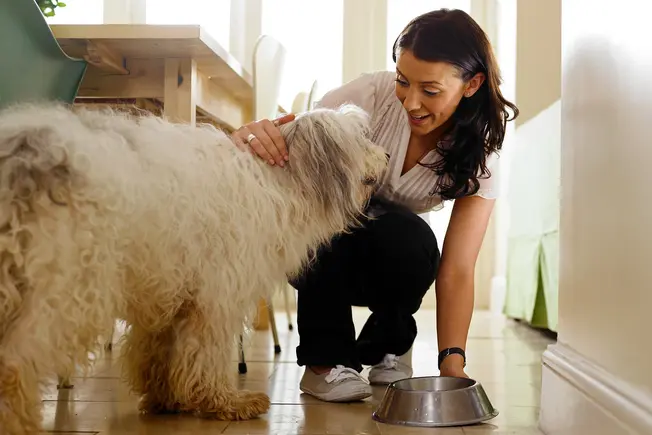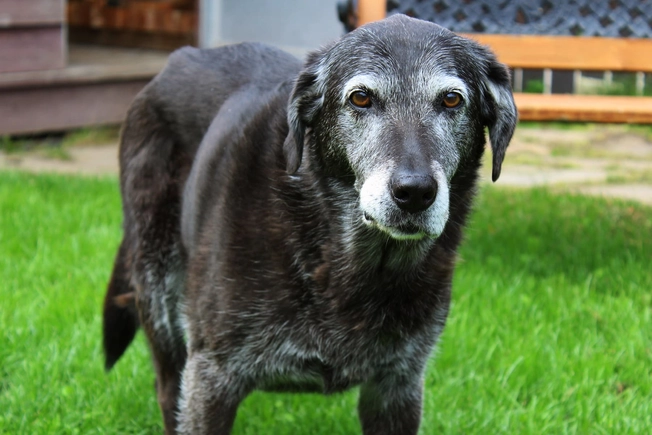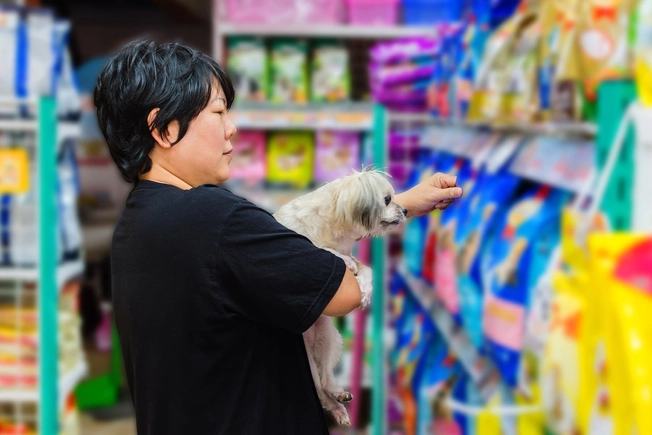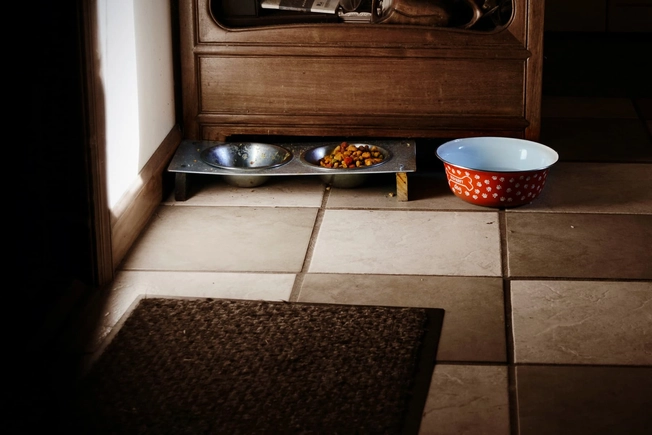
- Diet & Nutrition
- Behavior & Training
- Puppy Care
- Preventive Care
- Common Conditions
- View Full Guide
Why Is My Dog a Picky Eater?


Dog Food for Thought
Feeding your dog is a ritual that usually brings together a loving owner and a grateful, hungry pet. But when Fido doesn’t eat with much gusto, it can raise a red flag. It’s a good idea to know when it might be a sign of trouble and what you can do if it is.

It’s Not a Big Deal to Skip a Meal
It isn’t necessarily a problem if your dog doesn’t eat every time you put food down. What’s most important is their weight. If that’s steady and their ribs or spine aren’t showing, your friend is probably getting the food they need.

They Are Not That Into It
Not every dog is food-driven, especially the smaller breeds. For some, it just isn’t all that important. They don’t see food as the ultimate reward. They may want your attention or praise, and food is secondary. Pay attention to what motivates your dog. If it’s not treats or mealtime, don’t force it.

It Brings Up Bad Memories
If you have a meal that leaves you with an upset stomach or worse, you probably tend to stay away from what you ate for a while. Your dog might do the same if they link a problem with a certain food. A new type of sustenance may make a difference.

Anxiety Can Cause Problems
Being nervous can zap your dog’s appetite. Just like people, dogs don’t eat as much if they’re anxious. This can happen thanks to things like loneliness, boredom, storms, fireworks, or separation anxiety (being home alone during the work day, for example). If you think anxiety may be why your dog isn't eating, it can help to spend more time with them.

Age or Health Can Be an Issue
If your dog’s lack of appetite is sudden or goes on for a while, especially if your friend is older, ask your vet if you can bring them in for an exam. It can be a good idea to keep an eye on that from month to month. If there are any changes, make an appointment.

You Need a New Recipe for Success
It may be as simple as your dog doesn't like the taste of their food. Still, if you're thinking about changing it up, be cautious. The new food could cause gut problems for your friend, which may keep them off food even longer. If you feel like you must change, do it slowly, mixing a little in at a time in their current food. Better yet, talk with your vet about it.

Treats Are More Than Treats
It’s fine to reward your dog for good behavior, but too many treats can spoil their appetite at mealtime. And if you keep offering them to try to get them to eat, that can send the wrong message. You’re telling your dog they can hold out for something better.

Dinner's Boring
While treats in place of regular food isn’t a good idea, treats with dinner might be. Some dogs who don’t want to eat their meals are really interested in treats. If that’s the case with yours, mix some treats into their food or add canned food, or even just warm water. Some companies make a sauce you can add.

You Share Too Much
Sharing food with your dog may seem generous, but it can do more harm than good. The scraps can add up and make them full by mealtime. It’s hard to know how much you’re giving them under the table. You might think it’s a tiny bite when it’s actually a lot of food for a small dog.

Your Friend Likes a Schedule
Like people, dogs can be creatures of habit. Offer a meal at the same time each day, and give your pet a certain amount of time to eat it, say 15 or 20 minutes. If they don’t eat within that time, take the food away and try it at the next meal. The idea is to set a routine where they know that if they skip this meal, they can eat in a few hours.

You May Need to Set the Table
Getting your pet to eat might be as simple as giving them the comfort of their own dedicated place to eat. Choose an out-of-the-way spot, like a bathroom, where they can eat undisturbed. A safe place where they can take their time to eat might just do the trick.

You May Need a Vet's Help
If your dog’s at a healthy weight but nothing seems to boost their appetite, a veterinarian can offer some guidance. They'll run some diagnostic tests. If those don't uncover anything, they may suggest some trial and error to see what’s going on.
IMAGES PROVIDED BY: 1. Thinkstock Photos 2. Thinkstock Photos 3. Thinkstock Photos 4. Getty Images 5. Thinkstock Photos 6. Thinkstock Photos 7. Thinkstock Photos 8. Thinkstock Photos 9. Getty Images 10. Thinkstock Photos 11. Thinkstock Photos 12. Getty Images 13. Thinkstock Photos
SOURCES: Georgia SCPA: “Stress and the Importance of Routine for Dogs.” Margaret Hoppe, DVM, San Francisco SCPA. Wailani Sung, DVM, PhD, San Francisco SCPA. |